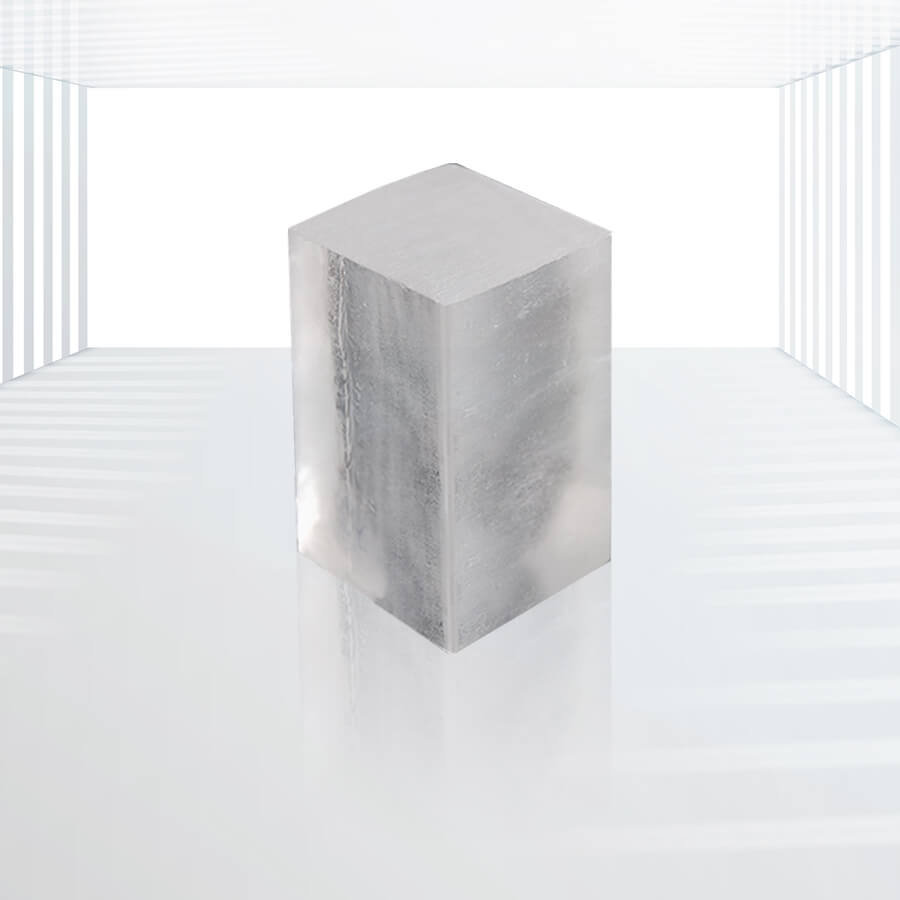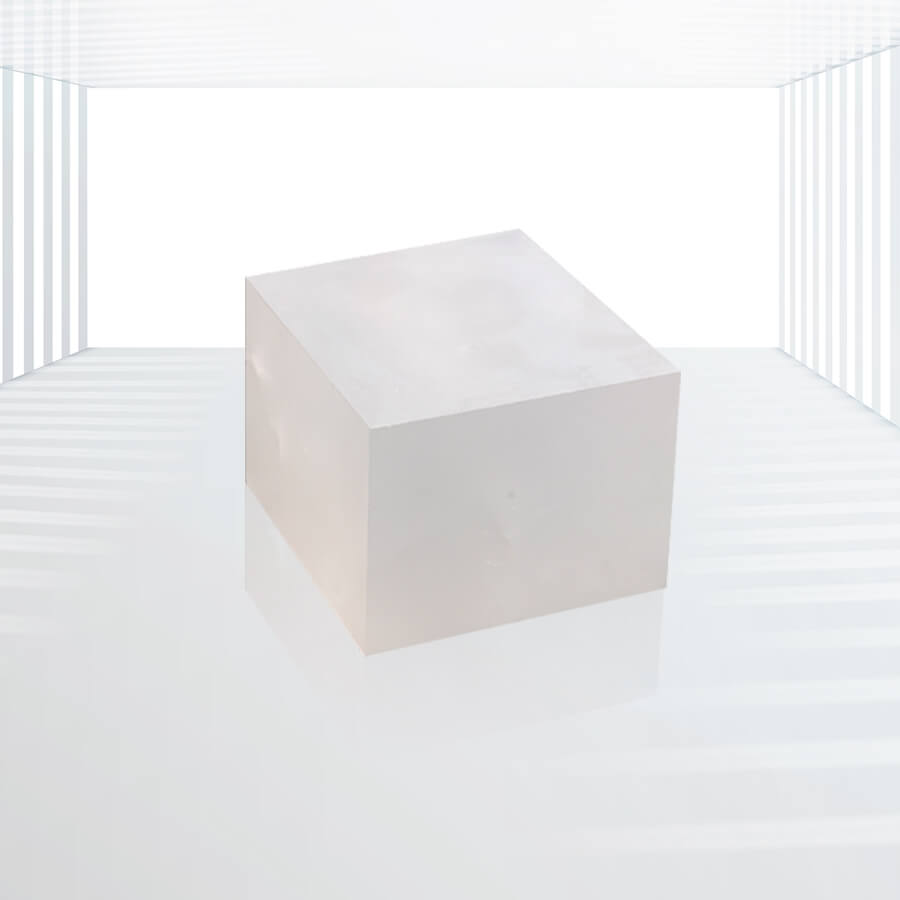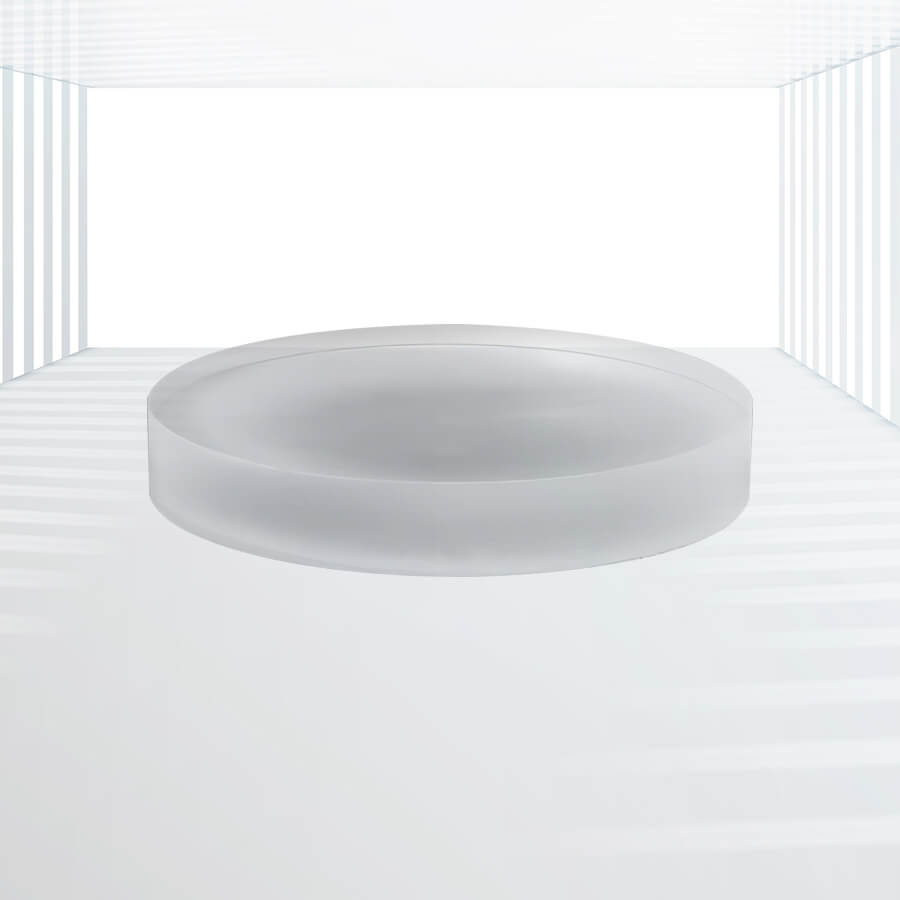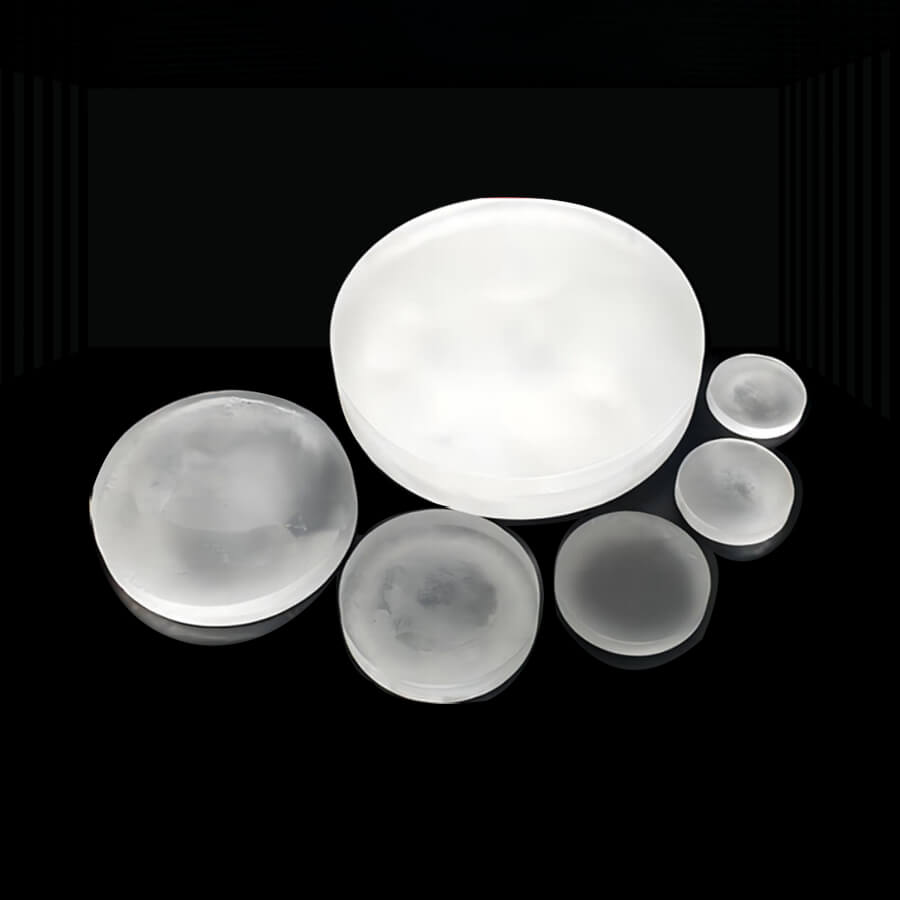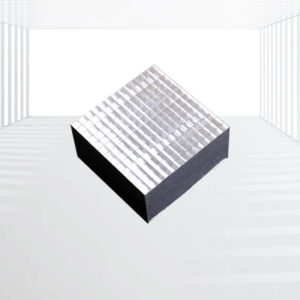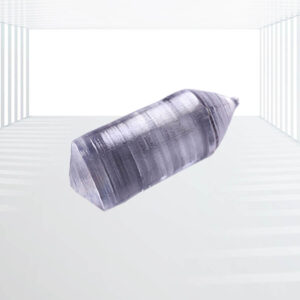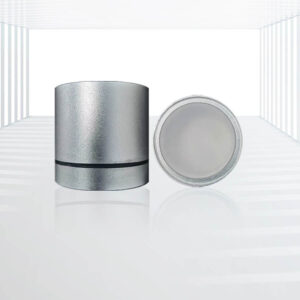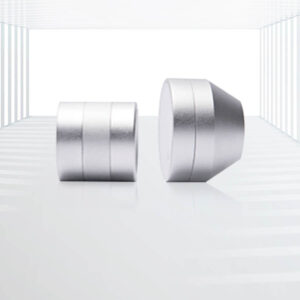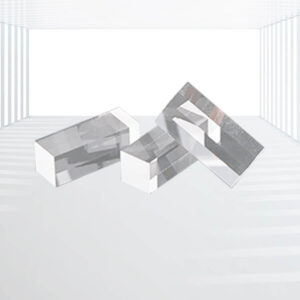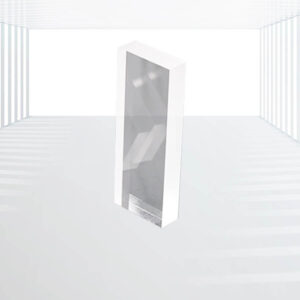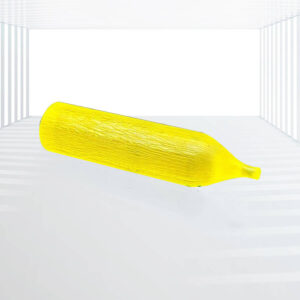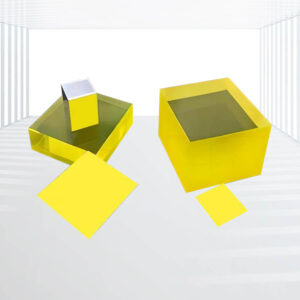PbF2 Crystals
Main Advantages: High Density, Short Radiation Length, Small Molière Radius, Broad Transmittance, Cherenkov Radiation Capability, Good Radiation Hardness, Cost-Effectiveness, High Particle Multiplicities and Compactness
Applications: Electromagnetic Calorimeters, Cherenkov Detectors, Medical Imaging, Gamma-Ray Spectroscopy, High-Energy Physics Research, Nuclear Physics, Compact Detector Systems, High-Intensity Environments
Lead fluoride crystals (β-PbF2), grown from a melt, exhibit a cubic crystalline structure. Among their most remarkable properties are their high density of 7.77g/cm³, short radiation length of 0.93cm, and small Molière radius of 2.2cm. These crystals possess transmittance extending into the near-UV region (250nm). As a Cherenkov radiator, they may not emit as intense light as scintillating crystals, yet their light output is sufficiently high to deliver energy resolution comparable to or better than lead glass. Furthermore, they display impressive radiation hardness, with radiation damage mitigable through optical bleaching. The relatively low cost of lead fluoride crystals renders them a highly promising material for electromagnetic calorimeters. Additionally, they are an attractive choice for applications involving high particle multiplicities or where a high degree of compactness is desired.
Regarding the scintillation properties of PbF2-Lead fluoride crystals, although they are not typically considered as scintillators in the traditional sense due to their relatively lower light yield compared to dedicated scintillating materials, their Cherenkov radiation capabilities, combined with their other favorable properties, make them suitable for specific experimental setups requiring high energy resolution and radiation hardness.
Property:
| Properties | Value |
| Radiation length(cm) | 0.93 |
| Decay constant(ns) | / |
| Emission peak(nm) | / |
| Light yield(%NaI:Tl) | / |
| Melting point(°C) | 822 |
| Hardness(Mho) | / |
| Refractive Index | 1.82 |
| Hygroscopicity | None |
| Cleavage | / |
Main Advantages:
- High Density
Advantage: PbF₂ has a density of 7.77 g/cm³.
Benefit: Provides substantial stopping power for high-energy photons, enhancing detection capabilities in radiation measurement applications.
- Short Radiation Length
Advantage: PbF₂ features a short radiation length of 0.93 cm.
Benefit: Allows for precise interactions with radiation and contributes to compact detector designs, improving spatial resolution and measurement accuracy.
- Small Molière Radius
Advantage: The Molière radius of PbF₂ is 2.2 cm.
Benefit: Enhances the compactness of electromagnetic showers, which is beneficial for high-resolution and space-efficient detector systems.
- Broad Transmittance
Advantage: PbF₂ transmits light down to the near UV range (250 nm).
Benefit: This wide transmittance range allows for versatility in optical applications, making it suitable for various detection and imaging technologies.
- Cherenkov Radiation Capability
Advantage: PbF₂ is a Cherenkov radiator.
Benefit: Although it does not emit as much light as scintillating crystals, it produces sufficient light output to achieve energy resolution comparable to or better than lead glass.
- Good Radiation Hardness
Advantage: PbF₂ exhibits resistance to radiation damage.
Benefit: Its durability ensures long-term reliability in high-radiation environments, and any radiation-induced damage can be mitigated through optical bleaching.
- Cost-Effectiveness
Advantage: PbF₂ is relatively inexpensive.
Benefit: Its lower cost makes it an economically attractive option for large-scale applications, such as electromagnetic calorimeters.
- High Particle Multiplicities and Compactness
Advantage: PbF₂ is suitable for environments with high particle densities and where compactness is desired.
Benefit: Its properties make it effective for use in applications requiring high density and compact detector designs.
Applications:
- Electromagnetic Calorimeters
Application: Used in high-energy physics experiments.
Benefit: PbF₂’s high density, short radiation length, and small Molière radius make it suitable for precise measurements and compact detector designs in electromagnetic calorimeters.
- Cherenkov Detectors
Application: Employed in particle physics experiments and detectors.
Benefit: PbF₂, as a Cherenkov radiator, is used to detect high-energy charged particles by measuring Cherenkov radiation. Its light output provides energy resolution comparable to or better than lead glass.
- Medical Imaging
Application: Potential use in diagnostic imaging systems.
Benefit: The broad transmittance range and radiation hardness make PbF₂ suitable for imaging applications where high precision and durability are required.
- Gamma-Ray Spectroscopy
Application: Used in gamma-ray spectroscopy setups.
Benefit: The broad transmittance and Cherenkov radiation capabilities allow for effective gamma-ray detection and energy measurement.
- High-Energy Physics Research
Application: Used in experiments involving high-energy photons and particles.
Benefit: PbF₂’s properties, such as its high density and short radiation length, enhance the precision and compactness of detectors used in high-energy physics research.
- Nuclear Physics
Application: Utilized in nuclear physics experiments.
Benefit: The crystal’s radiation hardness and good light output make it suitable for detecting and measuring radiation in nuclear physics applications.
- Compact Detector Systems
Application: Employed in various compact detector systems.
Benefit: PbF₂’s small Molière radius and high density contribute to effective and space-efficient detector designs.
- High-Intensity Environments
Application: Suitable for environments with high particle multiplicities.
Benefit: Its radiation hardness and cost-effectiveness make it a viable option for detectors operating in high-intensity radiation fields.

